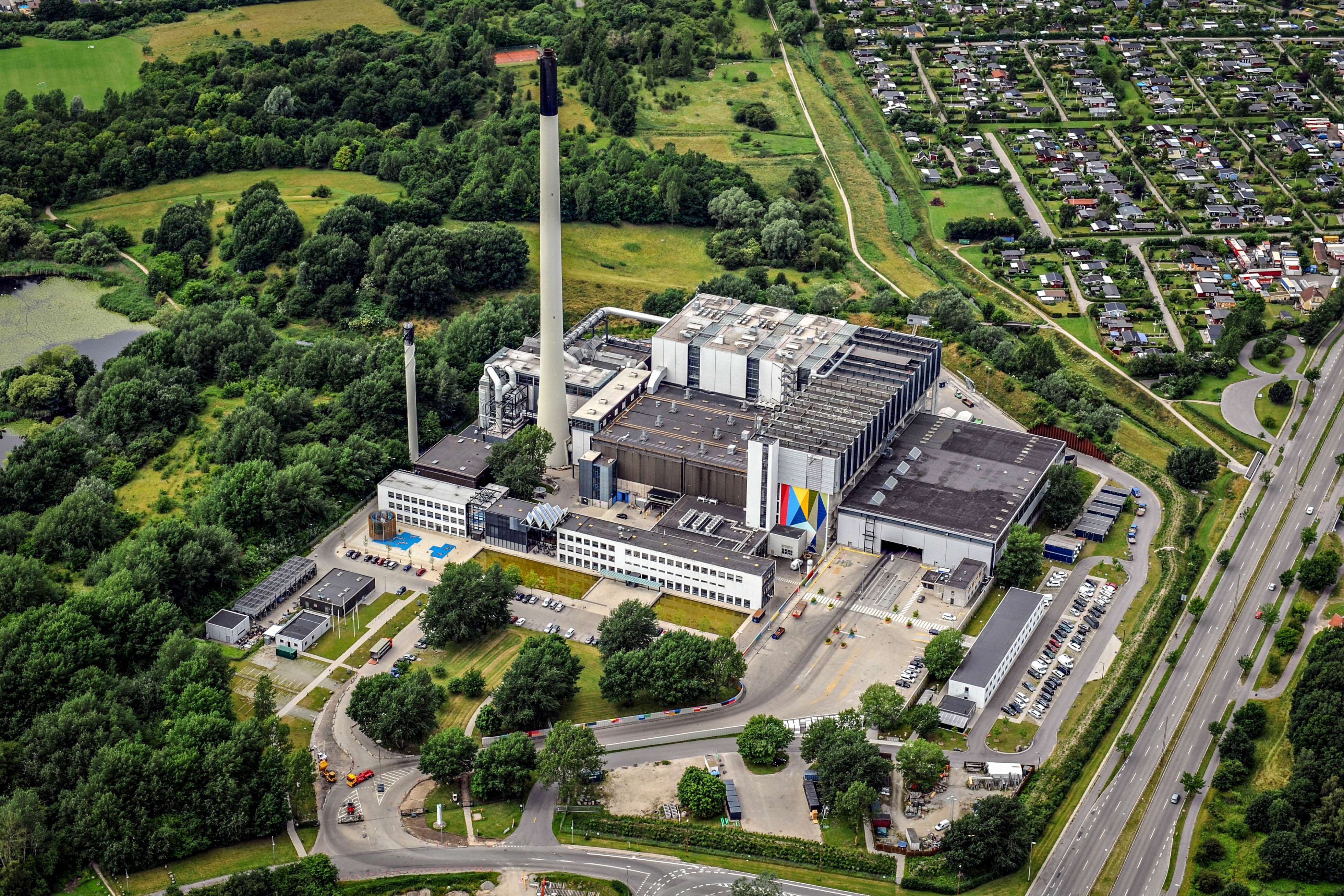The plant is being built at Vestforbrænding’s waste-to-energy plant outside Copenhagen, where approximately 15,000 tonnes of ash will be processed annually for usable metals, road salt and purified ash. The process is called HaloSep and is partly funded by the EU LIFE program.
Recovering energy from waste to generate district heating and electricity is a climate-smart option for material that cannot or should not be recycled. At Vestforbrænding, more than 570,000 tonnes of waste are recycled in this way each year, which provides over 180,000 homes with heat and electricity. The problem with waste incineration is that it produces residual material that is difficult to treat. Across Europe, there are several hundred energy recovery facilities all facing the same challenge.
Stena Recycling’s patented HaloSep technology makes it possible to solve several problems that arise from waste incineration. HaloSep neutralizes two of the problematic residues, alkaline fly ash and hydrochloric acid, in an integrated process. Treating and washing the ash produces a salt solution that can be safely released into the sea or used as road salt and a metal concentrate that can be used in metal smelting processes.
Stena Recycling and Vestforbrænding are creating a demonstrational facility that uses the HaloSep technology. This is being partly funded by the EU’s LIFE program for environment and climate action and is being built at Vestforbrænding’s facility in Copenhagen.









